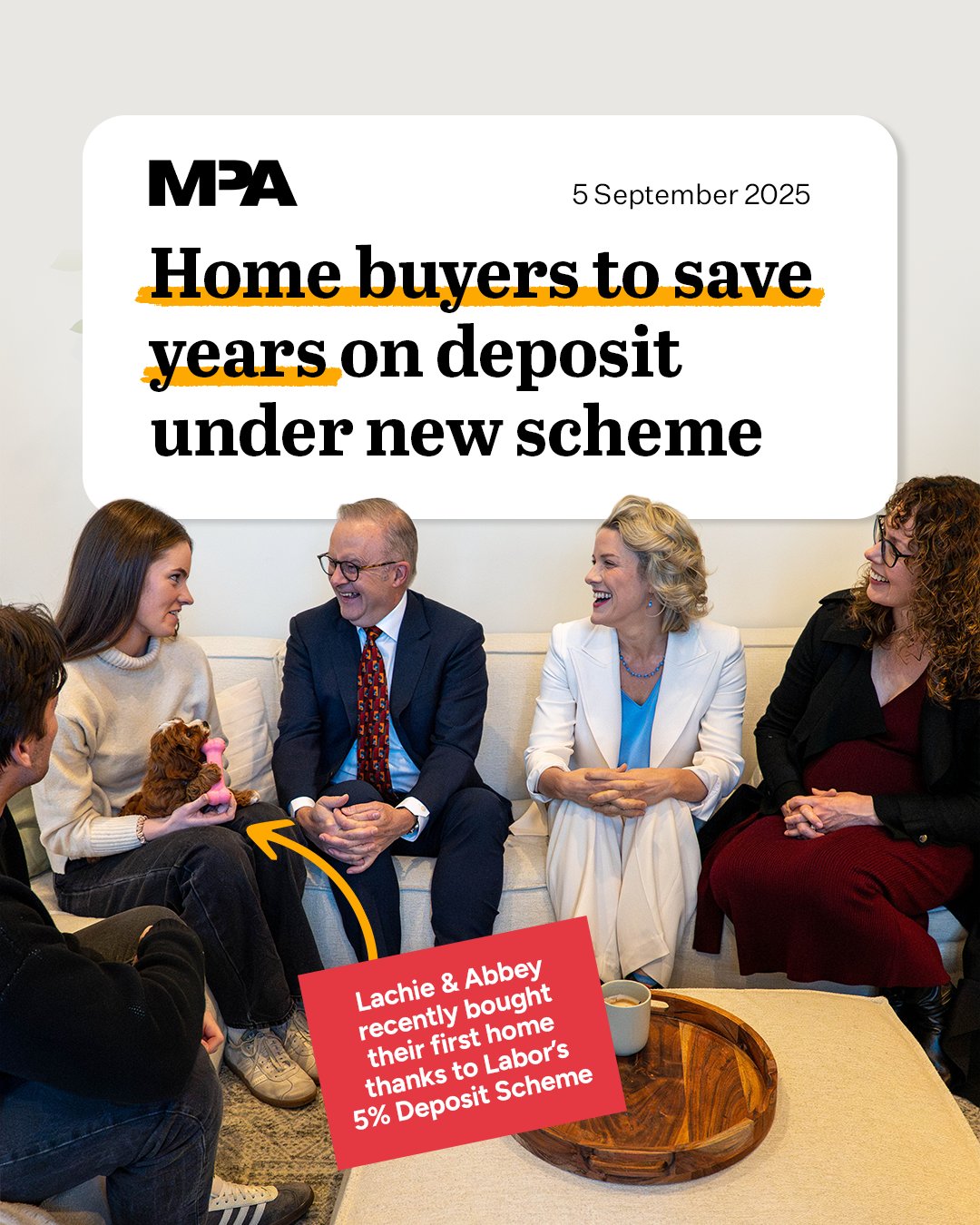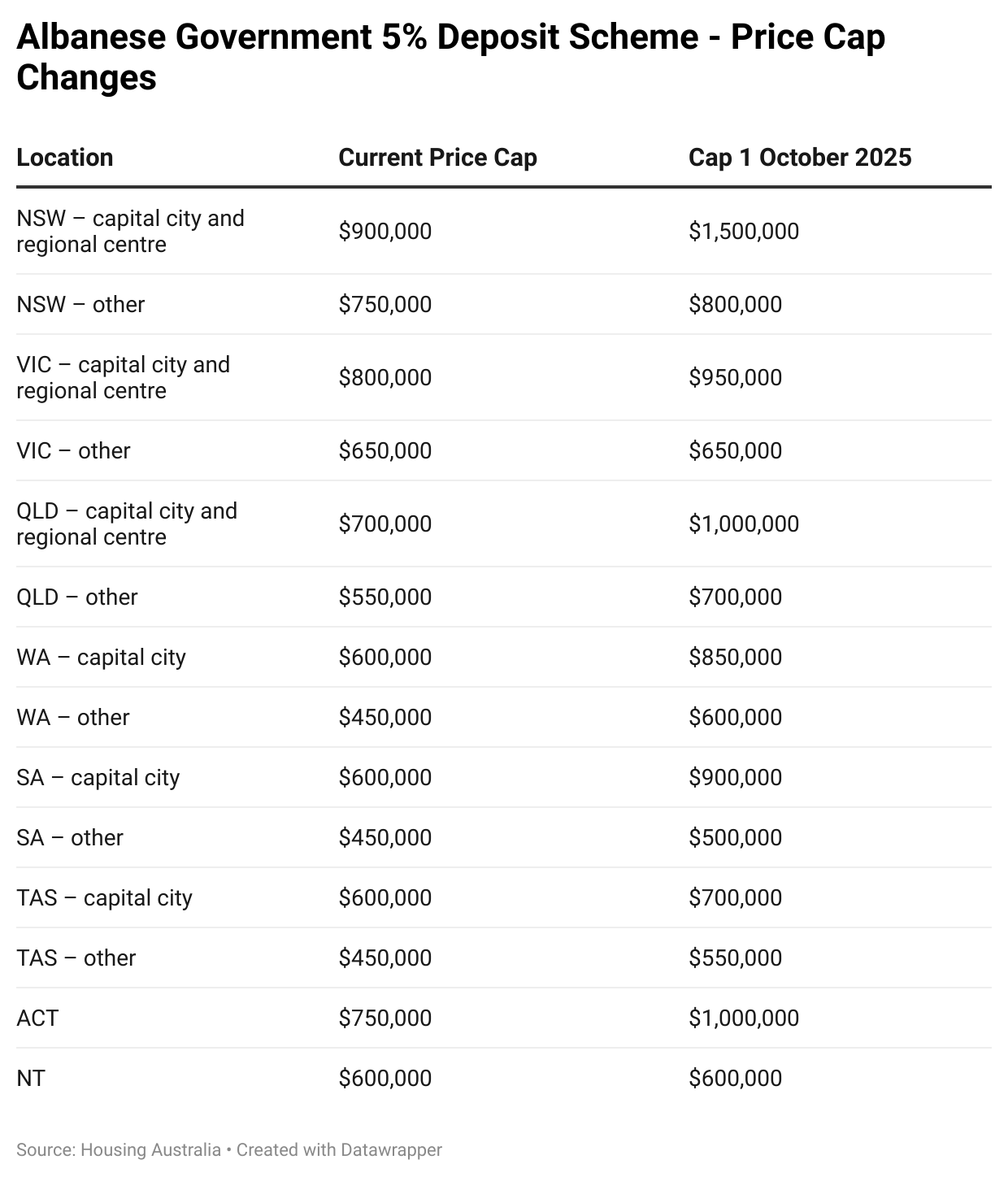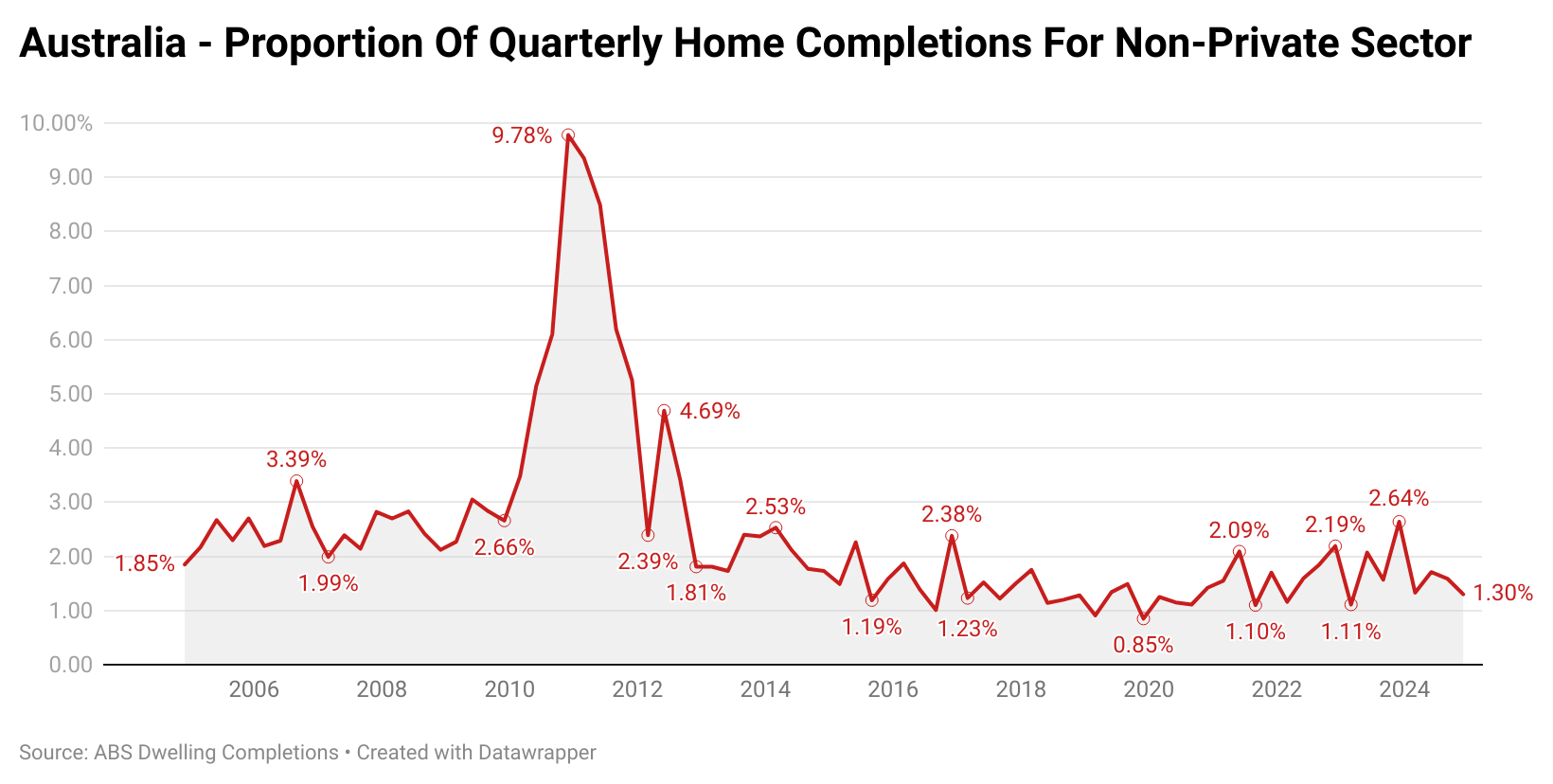With the implementation of the Albanese government’s 5% deposit scheme for first home buyers just over a week away, social media is filled with promotional material from the Albanese government crowing about how their achievement will help prospective home buyers.

It’s certainly true that some first home buyers will benefit because they will be able to purchase a home sooner rather than later at today’s prices.
For others who get in 6 or 12 months later and further down the road, the impact will be quite different, since they will simply pay more for a home, provided they can still afford one.
According to an analysis by Lateral Economics, it is expected that the Albanese government’s program will drive up property prices at a national level by an additional 3.5% to 6.6% in 2026 and for several years after.
In many segments targeted by first home buyers, which are defined as those below the scheme’s price caps, the impact is expected to be even greater, with housing prices tipped by an additional 5.3% to 9.9%.

SQM Research Managing Director Louis Christopher recently shared his thoughts on the impact of the scheme on Twitter:
“Well, with the 2008/2009 first home owner’s boost scheme, housing prices rose by up to 18% within 12 months of its launch, noting we had rate cuts at the same time.
I think this package is bigger than the 2009 scheme. And sure enough, we have had recent rate cuts.
Perhaps those cuts won’t be as large as 2008/09. But this, with its generous higher caps on prices, not means tested, etc, etc, is going to almost certainly mean a massive surge in demand, and that’s going to happen soon.”
With this being the commentary of one of the best and most prominent property experts in the country, it should be cause for concern.
But at the end of the day, it’s not like the Albanese government’s scheme is pursuing an agenda that is contrary to their stated ideals.
Housing Minister Clare O’Neil stated that the government wants “sustainable” rises in housing prices and doesn’t want prices to go down, and this does just that—puts upward pressure on prices.
Meanwhile, the Albanese government’s first-term flagship public housing policy has delivered nothing like the surge in non-private sector home completions seen under the Rudd and Gillard governments, when they deployed a mass public housing construction program.

In terms of the housing outcomes faced by the Australian people, the Albanese government has delivered failure after failure.
- A growing shortage in the number of homes.
- A declining proportion of housing stock stemming from public housing.
- A rental crisis that continues to persist long after drawing to a close in other nations.
- Home prices that become more unaffordable by the day.
But when it comes to the stated aim of stopping housing prices from falling and ensuring that housing prices continue to rise, well, on that metric, they have been the epitome of success.

